In order to support relevant authorities and various infrastructure owners to efficiently cope with the increased maintenance needs, the BERNARD Gruppe provides a number of systems and solutions
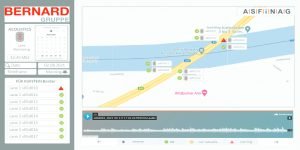
BERNARD ACOUSTICS ANALYSER (BAA)
This is an acoustic system to monitor roadway expansion joints. It consists of two specialised microphones and can be retrofitted on various types of bridges in order to acoustically monitor the expansion joints.
This monitoring system allows the remote monitoring of the expansion joints in either a traffic control centre or wherever the client requires. It provides real-time acoustic information on demand and a user-friendly dashboard enables the user to identify abnormalities immediately.
Records of the acoustic profile enables the user to verify all alerts in real time. Additionally, alerts can be classified into different categories. This classification is part of the proposed self-learning of the notification system, which will be launched as part of the next generation of the BAA.
The system also provides important basic information for traffic planning and counting. An algorithm, developed by Bernard, provides a traffic count for each traffic lane and a classification of the vehicle type, e.g. an axle count survey. This is of particular interest as the basis for traffic demand analysis and traffic projections.
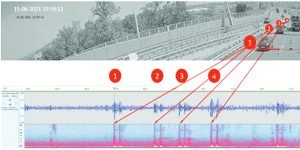
BERNARD Mobility Analyser (BMA)
This consists of an intelligent optical system for monitoring road users and traffic flow. The information is provided directly on site – no videos and no personal data are stored. The image evaluation as well as the anonymized data evaluation is carried out directly in the camera system.
BMA is extremely versatile, whether used for parking space monitoring, traffic detection or people movement analysis. In the city of Mainz in Germany, the BMA is used for traffic stream measurement while in the city of Aalen, it is used for parking guidance in the city of Aalen.
The Mobility Analyser is available either as mobile system or stationary measuring one.An individual evaluation can be carried out with the data obtained, and it can be integrated into an overall traffic concept.
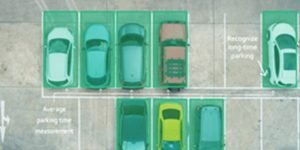
Monitoring of Parking Space
A key feature of the BMA is the monitoring of free parking space. While off-street monitoring of parking spaces is already state of the art, there has been no overall solution for on-street parking in public spaces. Bernard’s solution evaluates the images taken by the BMA and classifies them into free and occupied parking spaces. It detects the size of the available parking spaces and hence a classification for different vehicle types can also be carried out.
The information about free parking spaces is made available to the vehicle users via an app, enabling them to approach the free parking spaces in a targeted manner and hence, traffic related solely to search for free parking space is reduced. This leads to an overall positive effect on environment, traffic flow and volume, and a reduction of travel time. By measuring the occupancy of the parking spaces, the occupancy duration and the vehicle changes can be evaluated simultaneously. In addition, free and inaccessible parking spaces are detected. The data can be transferred to a central traffic computer via a defined interface to implement a dynamic parking guidance system.
Traffic Surveys
Another key feature of the BMA is its use for traffic surveys. Individual road users are detected by the BMA and based on the collected image, individual road users are automatically classified directly in the camera processor into these categories: Cars, Pedestrians, Vans, Bicycles, Motorcycles, Buses, Trucks, and Trucks with trailers.
Through post-processing the data, a time-resolved junction-load graph is created, either with a subdivision into road and transport user types or with a subdivision into light and heavy traffic.
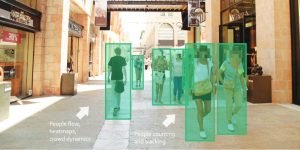
People Movement Analysis
The BMA can analyse people movement, enabling active control of movement in a preventive manner, e.g. to avoid crowding or to detect abnormal behaviour. Heatmaps visualize the length of stay, and crowds of people are detected early, which can then be reported to the concerned authorities, officers or security staff. Even suspicious, atypical behaviour of individuals is detected. Movement patterns can be created and assigned to individual people based on 100 characteristics. Likewise, firearms or weapons are classified by optical detection and unattended baggage is registered immediately.
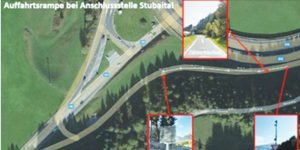
BMA Innovation: Wrong Way Driver Detector
An innovative additional feature of the BMA, which is currently in detailed testing phase, is the ability to automatically detect counterflow driving / wrong way driver for use in, for example, expressways and motorways. A combination of the BMA with LED signal is the basic set up for the counterflow driving / wrong way driver detection and warning system on expressway / highway ramps. The first warning and detection system is currently installed in Austria.
 TrafficInfraTech Magazine Linking People Places & Progress
TrafficInfraTech Magazine Linking People Places & Progress
